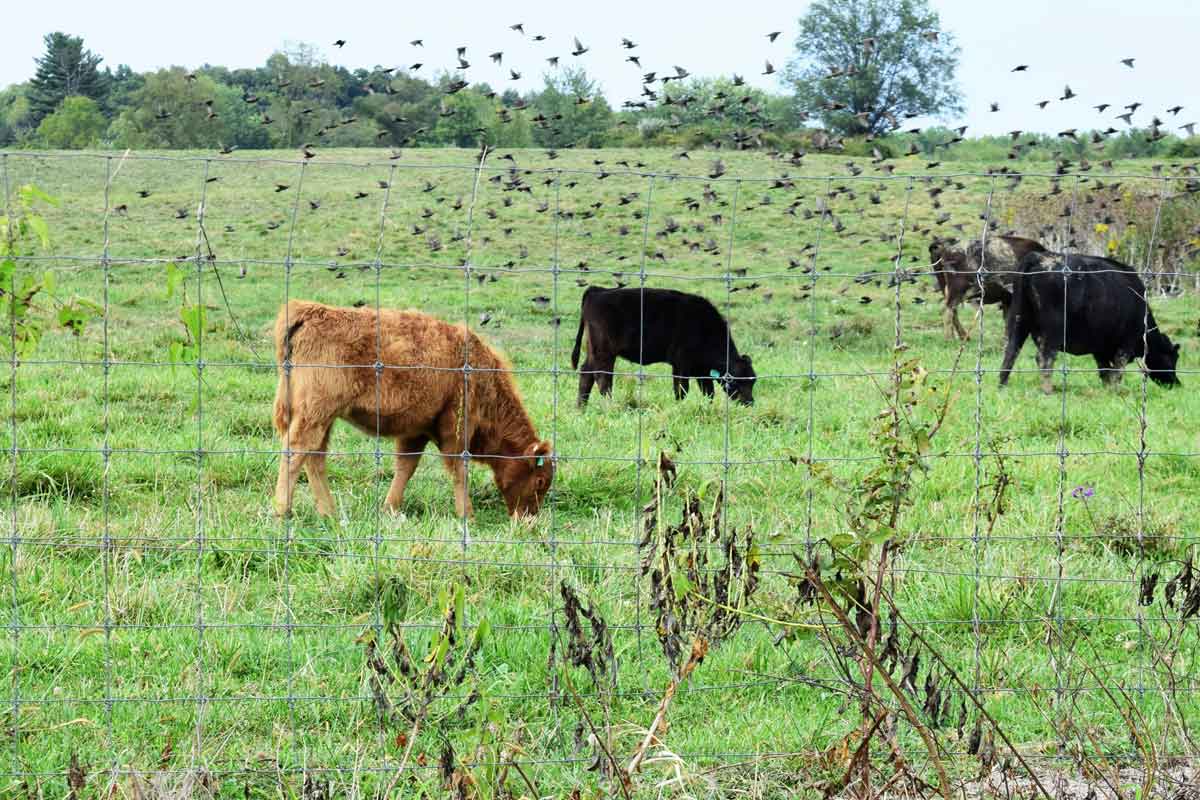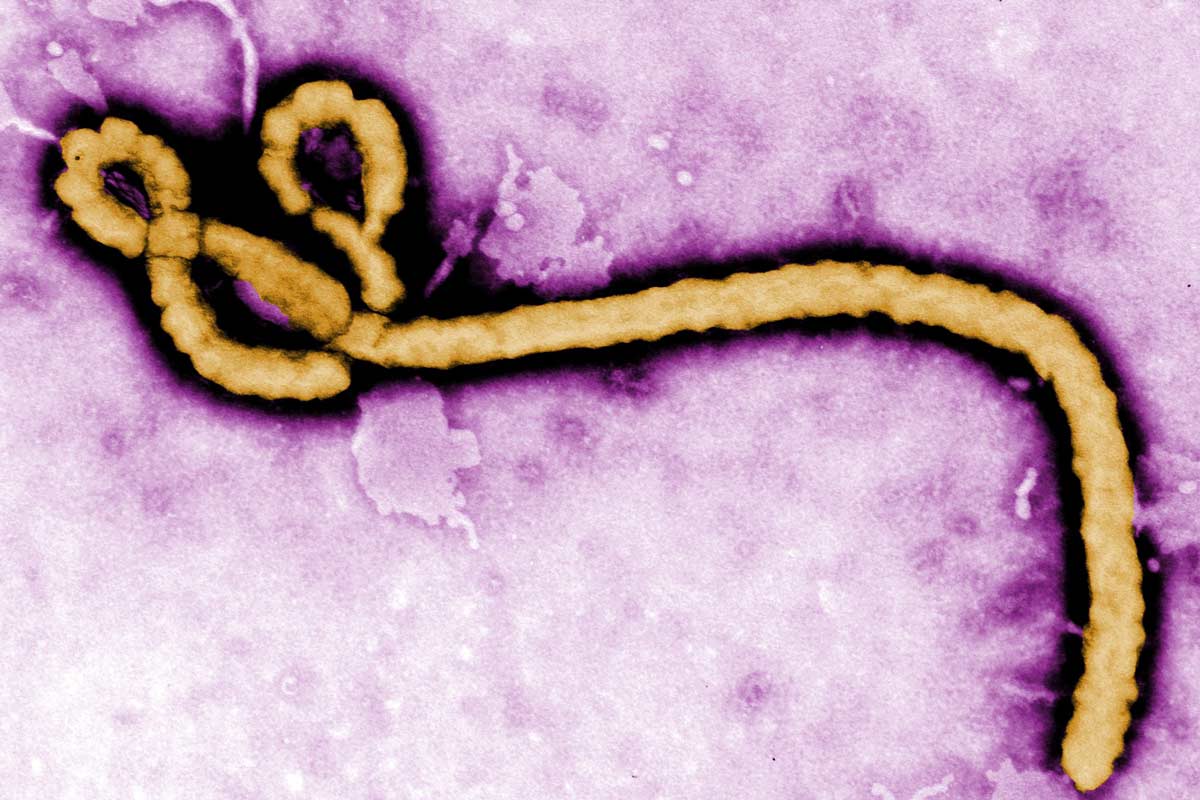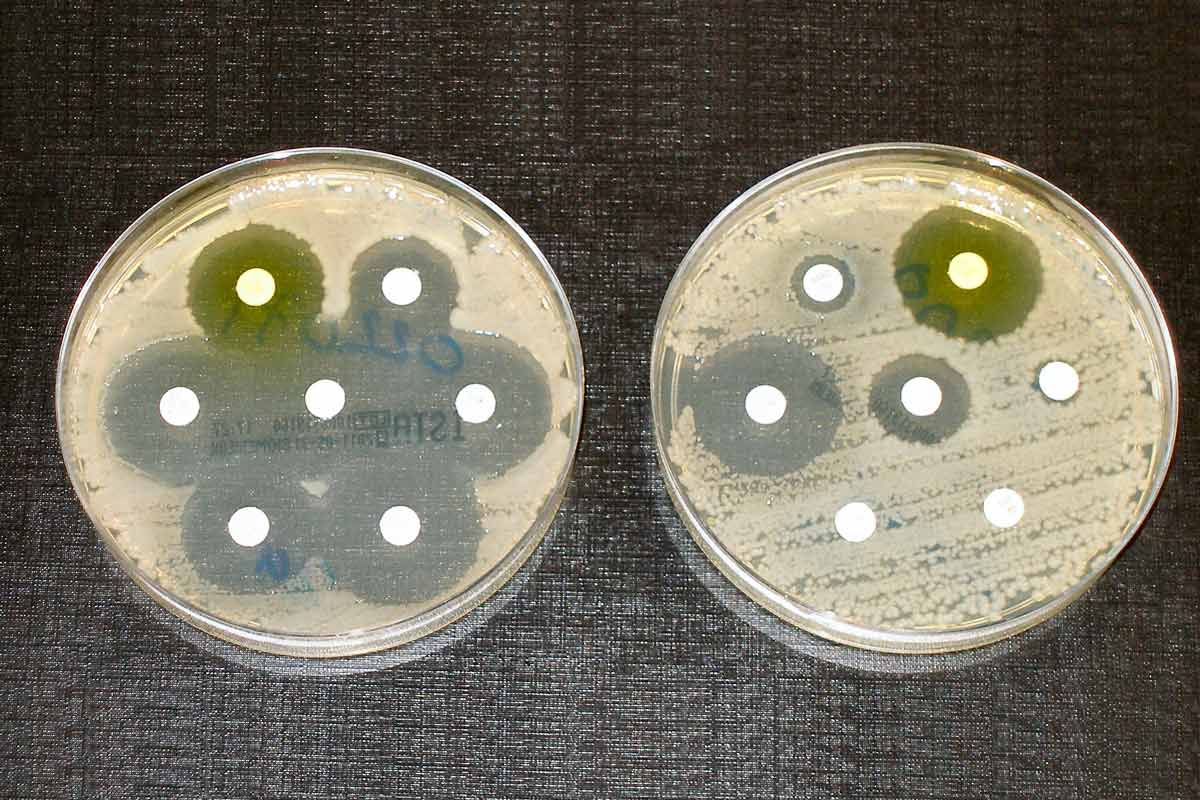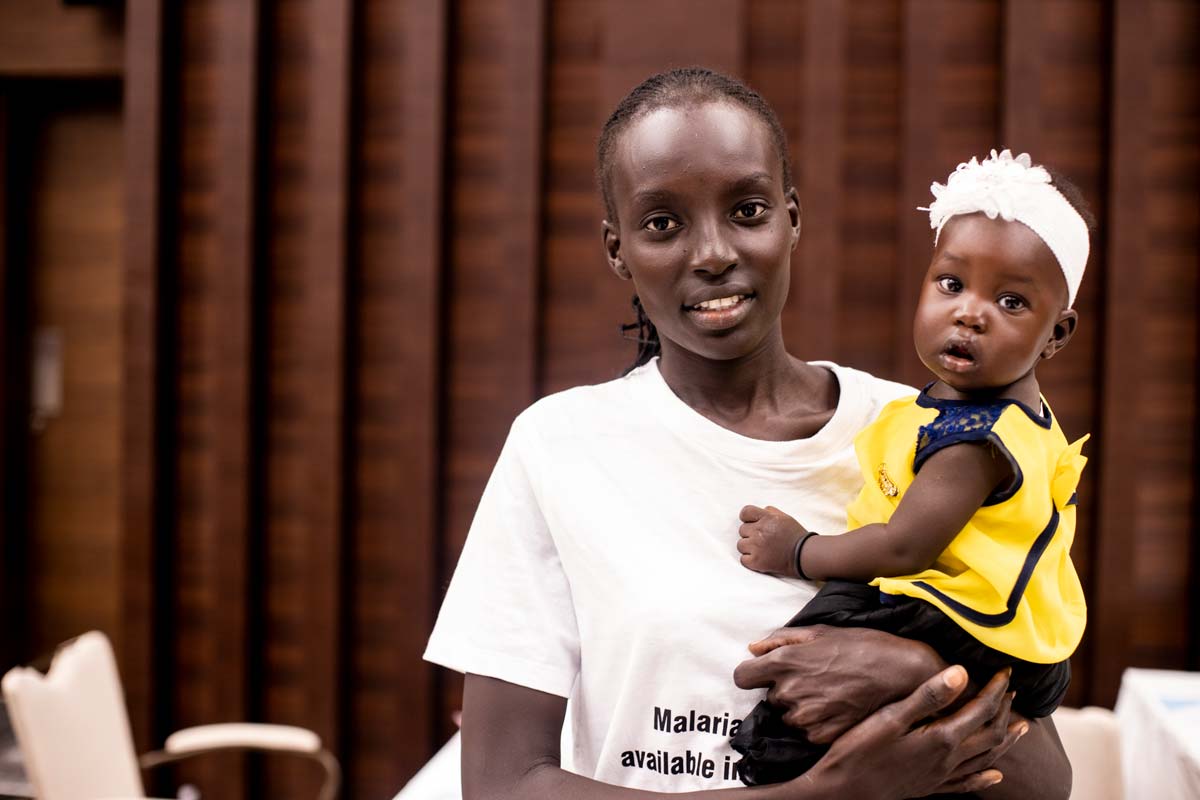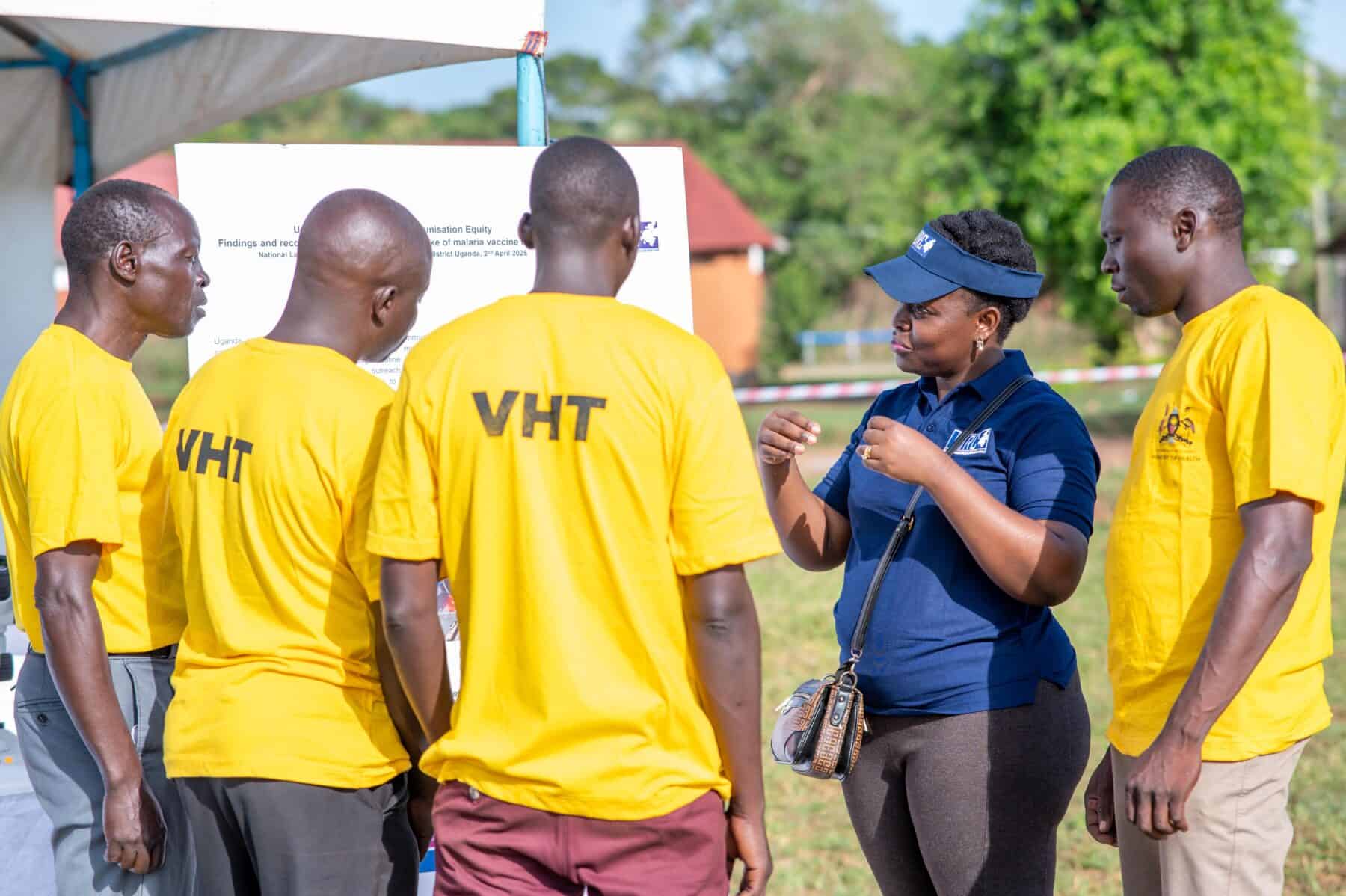Chad is facing a Hep E outbreak: what role could vaccines play in the response?
The World Health Organization recently approved a two-dose schedule of Hepatitis E vaccine in outbreak settings. Could it be implemented in Chad?
- 28 May 2024
- 4 min read
- by Linda Geddes

The World Health Organization (WHO) recently announced an outbreak of Hepatitis E in Chad's eastern Ouaddai province, with 2,092 suspected cases and seven deaths reported between January and April. Most (95%) of these cases have occurred in refugee camps and transit sites close to the border with Sudan, and more than half (53%) were in children aged six to 17 years.
Adults aged 18 to 59 accounted for a further 24% of cases. WHO currently assesses the risk of further spread to be high at the national level, moderate at the regional level and low at the global level.
Patients usually recover within two to six weeks, but occasionally a serious and potentially fatal disease called fulminant hepatitis (acute liver failure) develops. Pregnant women are at particularly high risk of severe disease, with a fatality rate of up to 25% in this population.
Hepatitis E is an inflammation of the liver caused by the hepatitis E virus, which is shed in the stools of infected people and is transmitted mainly through contaminated drinking water. There is no specific treatment, but access to clean water, sanitation and handwashing facilities can significantly decrease the risk of disease transmission.
Patients usually recover within two to six weeks, but occasionally a serious and potentially fatal disease called fulminant hepatitis (acute liver failure) develops. Pregnant women are at particularly high risk of severe disease, with a fatality rate of up to 25% in this population.
Hepatitis E vaccine
A vaccine for hepatitis E called HEV 239 (Hecolin) has been available in China since October 2012, but it has not yet been submitted for WHO prequalification – a vetting process to ensure that the vaccines used in immunisation programmes are safe and effective. Even so, WHO has recommended that national authorities consider using the vaccine to control outbreaks.
In early 2021, Médecins Sans Frontières (MSF) established a stockpile of 50,000 doses of Hecolin for rapid epidemic responses, which was mobilised for the first time during 2022 to help bring an outbreak at Bentiu internally displaced persons camp in South Sudan under control. During this campaign, around 27,000 16- to 65-year-olds living in the camp – including pregnant women – were offered three doses of the vaccine, with the second and third doses usually given one and six months after the first.
Have you read?
According to data published in PLoS Neglected Tropical Diseases in January 2024, coverage with one or more doses of the vaccine during the Bentiu outbreak was 86%; coverage with two or more doses was 73%; while coverage with the recommended three doses was 58%. People temporarily leaving the camp to seek food or work accounted for more than half of missed vaccine doses.
Modified schedule
Although it is not yet clear if Chad will apply to use the emergency vaccine stockpile to address the current outbreak, recent developments may make it simpler and more cost-effective to implement such a campaign.
In March, WHO's Strategic Advisory Group of Experts on Immunization (SAGE) recommended that two doses of Hecolin could be used in fragile, conflict-affected and vulnerable settings, instead of the full three-dose schedule. Referring to the above study, it said that shorter vaccination regimes would not only be more practical, but also more cost-effective.
SAGE reached this conclusion after reviewing the data from seven previous studies. This suggested that two doses administered one month apart confer good protection against hepatitis E at least in the short term – with evidence of responses lasting at least 8.5 years in people who had previously been exposed to the virus.
SAGE also recommended that the benefits of vaccinating women of childbearing age – including pregnant women – outweighed the potential harms in fragile, conflict-affected and vulnerable settings, although it said that additional research on hepatitis E vaccination during pregnancy was needed, along with research on people living with HIV and those aged under 16.
